
Lot 274
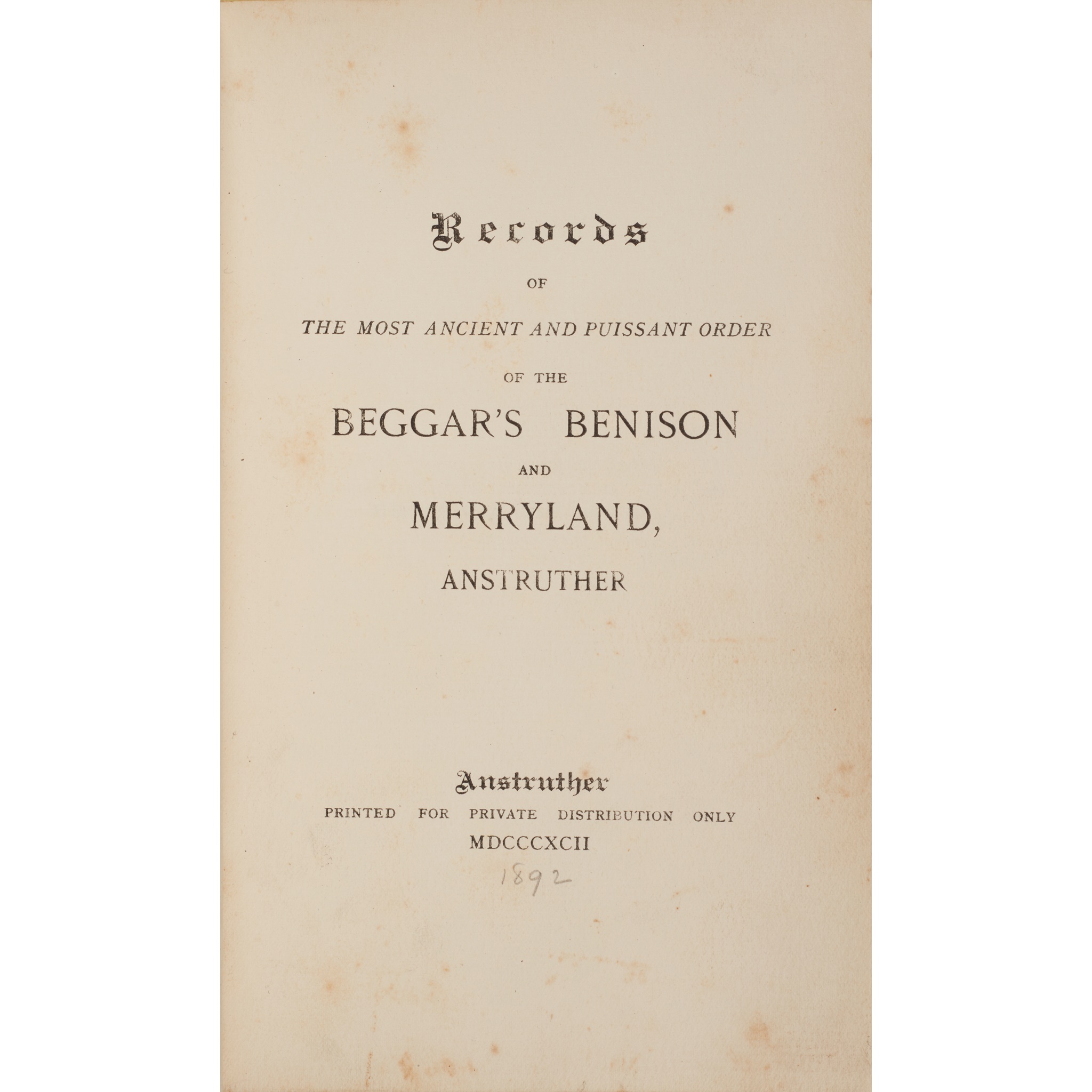
Libertinism
Records of the Most Ancient and Puissant Order of the Beggar's Benison and Merryland, Anstruther
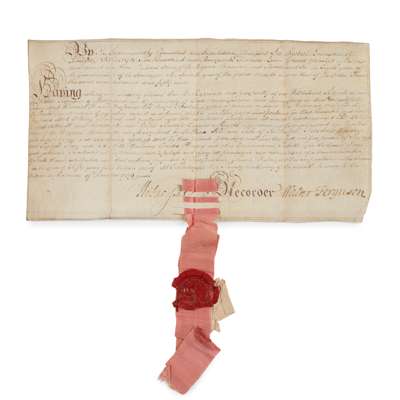
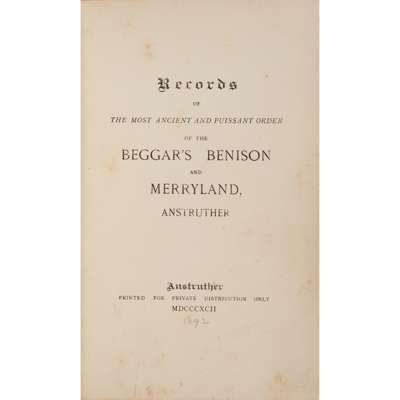
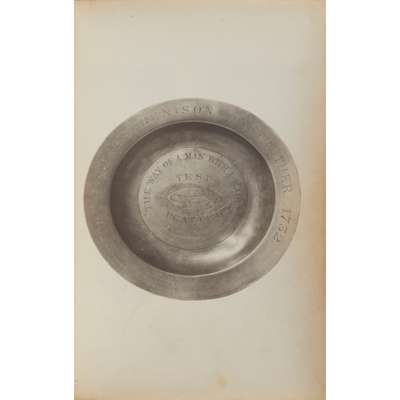


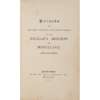
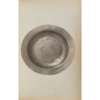
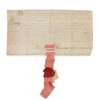
Rare Books, Manuscripts, Maps & Photographs
Auction: 21 June 2023 at 11:00 BST
Description
[Bound with:] Supplement to the Historical Portion of the "Records of the ... Beggar's Benison ... being an Account of the Proceedings at the Meetings of the Society, together with Excerpts from the Toasts, Recitations, Stories, Bon-Mots, Speeches, and Songs delivered thereat. Anstruther [i.e. London]: printed for private distribution only [by J. Lewis, Wardour Street], 1892. 2 parts in 1 volume, 8vo (20.7 x 13cm), near-contemporary red crushed morocco gilt, top edge gilt, others untrimmed, [10] 30 [2], 91 [3] pp., half-title, 9 photographic plates showing the society's paraphernalia, pamphlet (Notes on "The Records of the Beggar's Benison Society ...", 1892, 16 pp.) tipped to front pastedown, 2 additional photographs of society paraphernalia tipped to front free endpaper and rear pastedown, bookplates, faint spots to covers, a few spots and marks to contents.
Together with an original Beggar's Benison diploma of membership, 1759, granted by Robert Lumsden of Invergelly, admitting Ralph Teesdale, Captain, Royal Marines as member of the Edinburgh branch, manuscript on vellum, 16.8 x 31cm, signed by Walter Ferguson, recorder of the Edinburgh branch of the Beggar's Benison, folded, retaining original pink ribbon, remains of red wax seal
Footnote
Note: First edition, one of 250 copies only. The Beggar's Benison, a gentlemen's sex club, was founded in Anstruther, Fife, in 1732 and is believed to have continued until the 1830s. The group's recorded practices include a phallocentric initiation rite, ritualised onanism, inspections of nude female models, and sexualised toasts and readings. The present work is the principal source for the group's activities and contains photographs of its paraphernalia including drinking goblets, medallions and its notorious 'testing platter', all decorated with priapic motifs. No other copy traced in auction records, apart from an incomplete copy offered Hodgson's, London, in 1965, lacking three plates.







